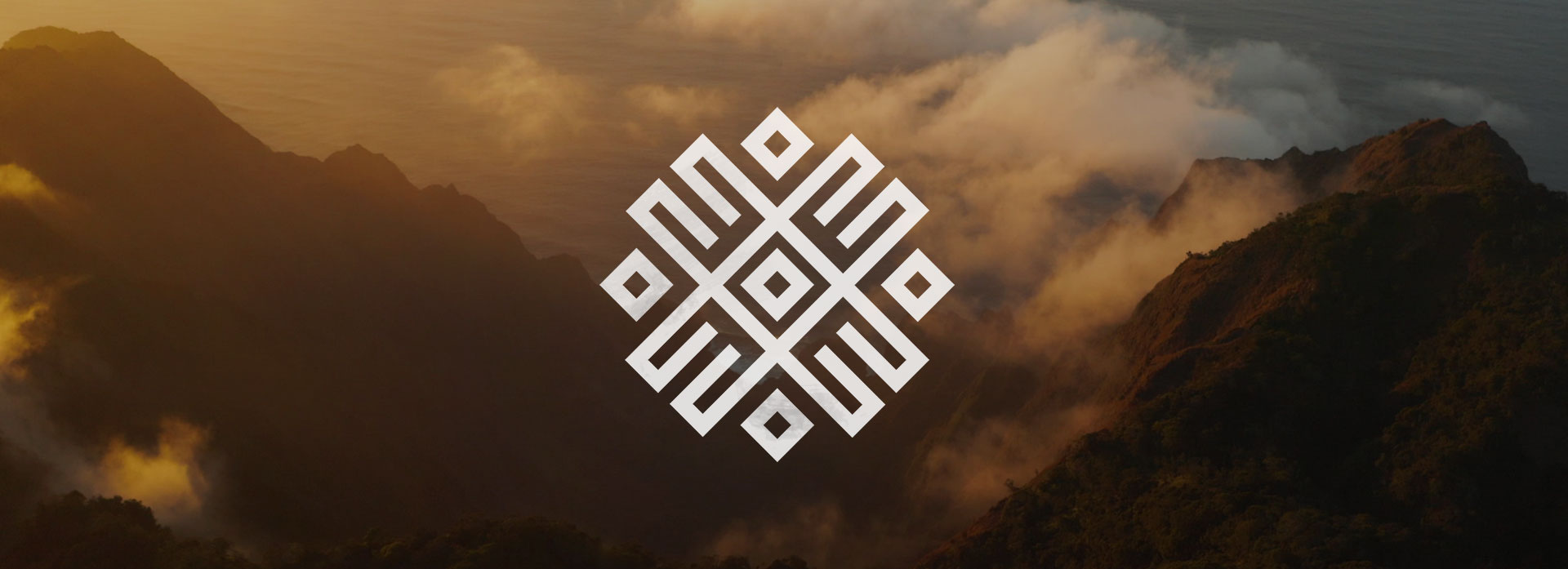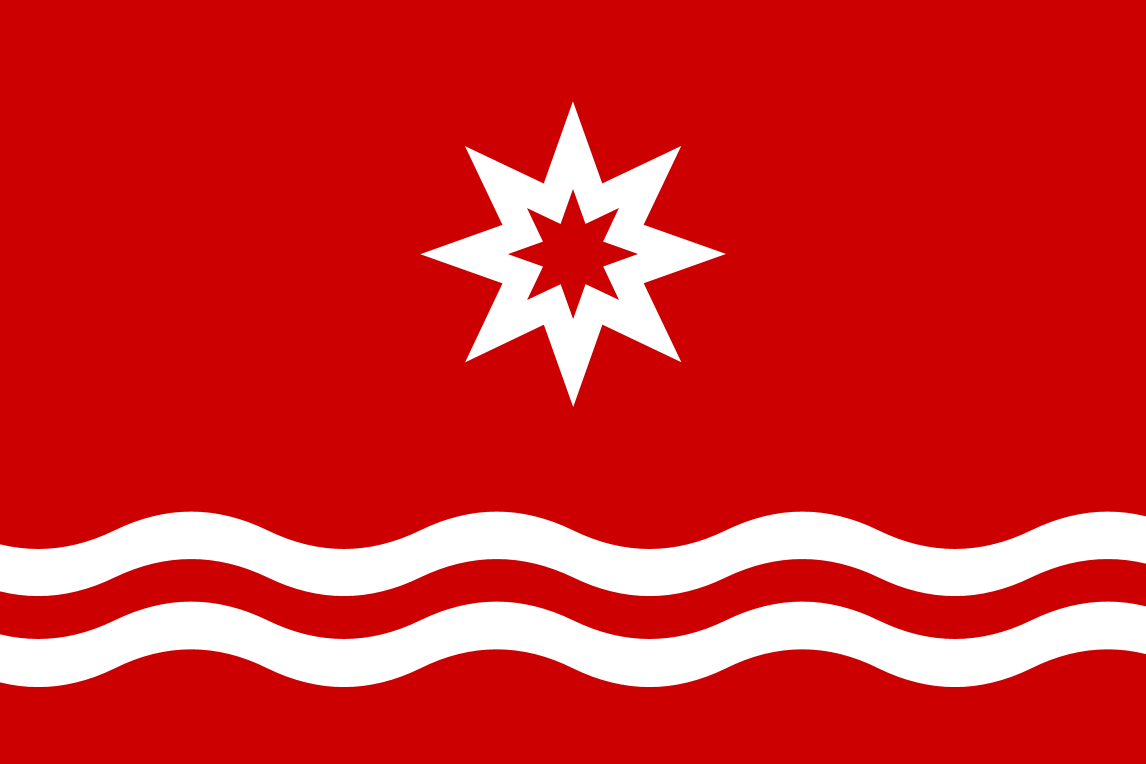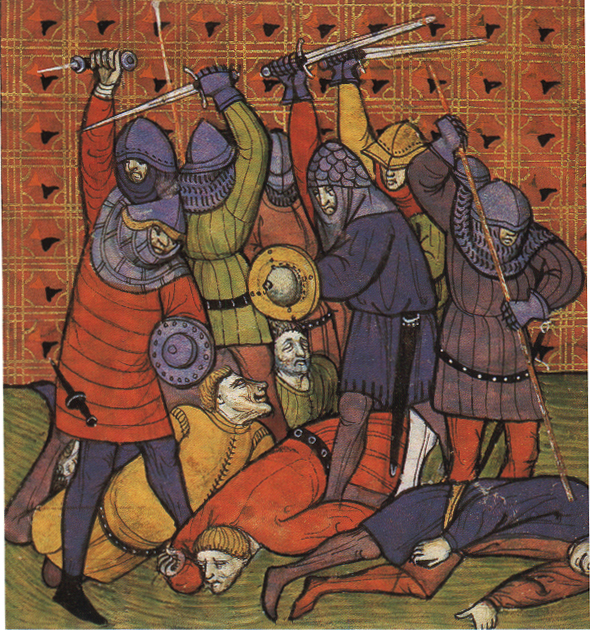Battle of Teuholz
The First Blunder
Despite achieving our initial goals, the whole invasion had been a mess. We should have seen it as the first sign of mistakes to come.
Background
Kilas ven Leiberge-Kattel, Chancellor of Rueken, came to power in 1539 with promises of expansion and reclamation of his country's long lost glory. Many of the elders in the aristocratic republic still remembered the days when Aussel, a fellow Ruekish nation, was under their control and the new and ambitious leader wanted to reclaim it. Roughly four months after becoming chancellor, Kilas III launched his invasion of Aussel's islands. It is believed that the order to draft the campaign plans had been given before the election had started, around the time when the previous chancellor had died. Kilas put together an army of his finest soldiers from his holdings in Nordhei and embarked on their journey north. The invading fleet split halfway on their journey. Two smaller vessels left the main fleet to go north toward the island of Farten.Battle
The chancellor had stayed back in Eekberge, leaving the invasion and occupation of Sarzin up to one of his commanders, Herdan ven Estberge. The ships moved in to blockade a small fishing village called Teuholz and one of the vessels went in so that a small group of well-armed veteran heavy infantrymen could secure the piers. Lord Herdan had been a fairly unknown figure before being selected to lead the invasion. Still, he'd been a fervent supporter of the new chancellor and had a fairly respectable education in all things related to warfare.The Landing
Ausselian militias had been equipped with polearms and warhammers designed for countering the heavily armoured knights of Rueken ever since they had gained their independence. They were well trained and when the militiamen on the island spotted the ships on the horizon, they knew what they had to do. Before anyone could step on their soil, the locals armed themselves and prepared to meet the attackers head-on while they were disembarking. A few of the fishermen and farmers volunteer to assist, grabbing whatever tools fitted the field of battle best. When around over a fourth of the men on the ship had stepped on the fishing piers, the locals rushed forward, throwing javelins, rocks, and whatever else they could find at the invaders. The projectiles glanced off their pristine armour, leaving all of them unharmed. Seeing as their first attempt at causing severe casualties had failed, Karl the Goat, the leader of the militia, pulled his men back further up the hill.We had laughed at their pitiful attack. Our hubris had left us vulnerable to the next stage of the fight.
Uphill
It took the invading force another few minutes to fully disembark, giving the defenders a moment to reconsider their options. Karl was aware that more of them would soon land, but he hoped to deal as much damage as possible beforehand. The plan was for them to stay on the side of the hill and to use their minor numerical supremacy to their advantage. Pairs of peasants could gank up on individual soldiers to defeat them. The militia captain knew that there was no hope of victory and that once his men's spirits would shatter, they'd have to attempt to blend back into civilian life, hoping that no one would recognise their faces. As the heavy infantry marched up the hill, the local resistance taunted them, hurting both insults and rocks at them. The closer the Ruekish got, the more the militia spread out. They had hoped to slowly surround their enemy, but Lord Herdan ven Estberge managed to predict the plan successfully. To counter it, he suddenly ordered his force to rush forward and to run down everyone in the resistance. The command had left many of his men confused and disorganised as they rushed in. The peasants used the mobility afforded to them due to their lighter gear to their advantage. They all scattered, letting the enemy line spread itself out into an incoherent and disorganised mess. Once the men-at-arms had shown signs of slowing, they turned to face them and started grouping up against individual soldiers. Lord Herdan had found himself bewildered. He shouted for his men to regroup, but few of them seemed to hear him, or perhaps they were simply confident in their abilities to defeat the locals. The orders he was giving made him a target for Karl the Goat who wanted the glory of slaying the enemy leader. It was also the only chance he saw to demoralise and defeat the first invaders utterly.The innocent and lost lamb just stood there, exposed without support. I did what had to be done.Without much of a hassle, Karl walked up to him from the side and slammed his spiked warclub against the side of his helmet. The invading commander dropped to the ground. Unsure of whether his foe was unconscious or dead, Karl removed his helmet and destroyed his forehead with another blow. As the militia leader turned his focus on the rest of the battle, he saw that more of the invaders were beginning to disembark. His men had noticed that as well, and despite all the casualties they had inflicted on their enemy, they knew that they were doomed. Karl the Goat and his men fled. They had hoped that they could successfully hide for a few days and to then slowly integrate back into civilian life without facing the consequences for resisting the occupation.
Aftermath
As a result of the battle, the island of Sarzin fell under the occupation of the Aristocratic Republic of Rueken. Upon hearing of what had occurred, Chancellor Kilas ven Leiberge-Kattel sailed to occupied land to lead his men personally. Before his arrival the Ruekishmen captured and executed many of those suspected in taking part in the battle. Once the island of Farten had fallen under the invader's control, Teuholz was used as a staging ground to lauch the invasion of the mainland from several months later.
Included under Conflict
Conflict Type
Battle
Start Date
Tlealēlcpēh 26, 1540 AA
Conflict Result
Costly victory for Rueken
Location
Belligerents
Leaders
Strength
Casualties
Remaining
Total - 172
172 Ausselians
- Sarzin militia
- Peasant volunteers
Total - 85
85 Ruekish
- Nordhei Army - Sarzin Group
Total - 53
53 Ausselians
- Sarzin militia
- Peasant volunteers
Total - 58
58 Ruekish
- Nordhei Army - Sarzin Group
Total - 119
119 Ausselians
- Sarzin militia
- Peasant volunteers
Total - 27
27 Ruekish
- Nordhei Army - Sarzin Group








Comments